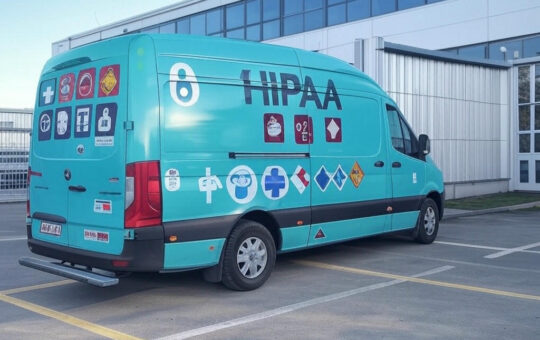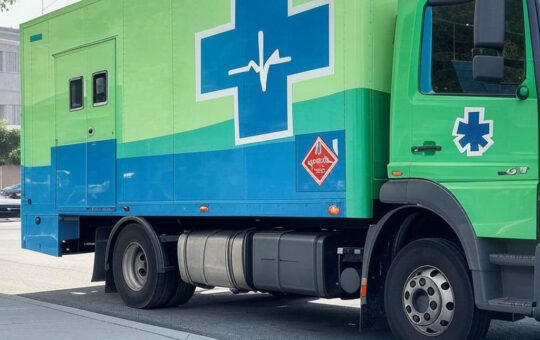Intermediate

Inbound Logistics for the Healthcare Industry
silver
This online course equips participants with the knowledge and skills to manage inbound logistics in the healthcare sector effectively. It focuses on receiving, storing, and distributing medical supplies, pharmaceuticals, and equipment from manufacturers and suppliers to healthcare facilities. Emphasizing regulatory compliance, operational efficiency, and healthcare-specific challenges, the course ensures participants can optimize supply chain performance while prioritizing patient safety and quality standards.
Curriculum
- 4 Sections
- 9 Lessons
- 1 Quiz
- 2h 20m Duration
Foundations
3 Lessons
- Inbound Logistics
- Breath
- Strength
Fluency
3 Lessons
- Joint Mobility
- Joint Care
- Injury Prevention
Mastery
1 Lesson
- Energise
Quiz
1 Quiz
- Yoga Quiz



